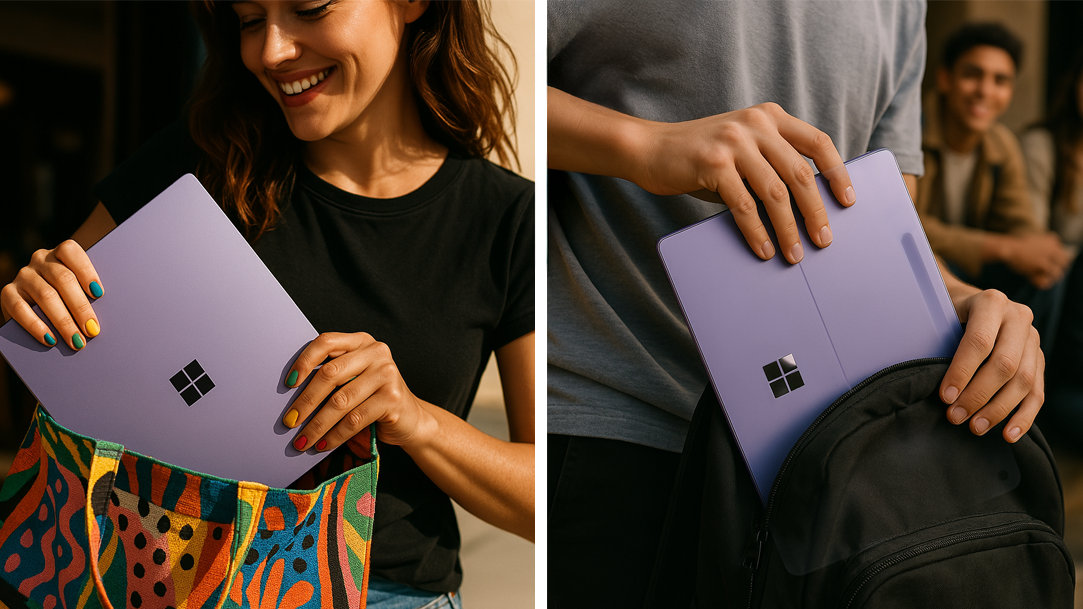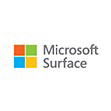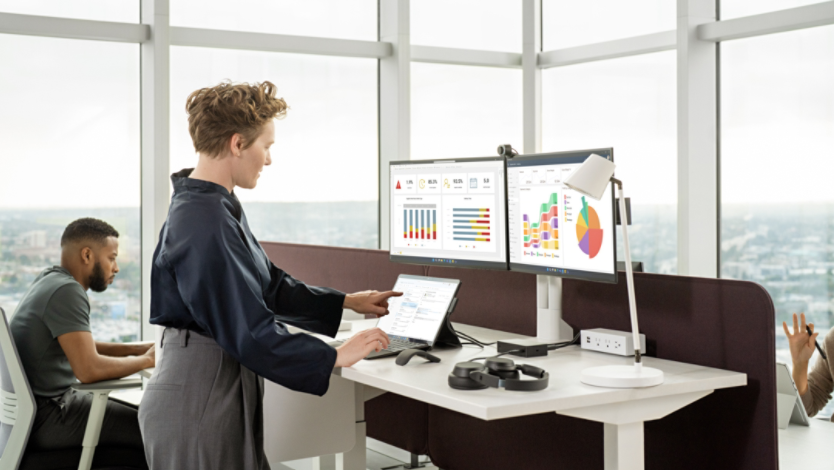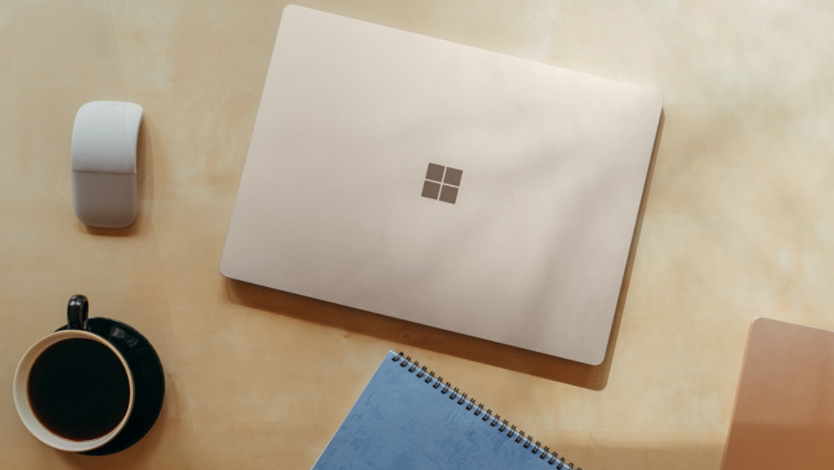
July 16, 2025
Laptop vs notebook: What’s the difference?
In the world of portable computing, the terms “laptop” and “notebook” are often used interchangeably. Browse any electronics store or online catalog, and you’ll find both labels applied to devices that look nearly identical.
But are they really the same thing? Not quite.
While there’s a significant overlap today, the two portable computers have different origins and were initially designed with distinct purposes. Understanding those differences helps clarify how portable computing has evolved—and how modern devices, like today’s AI-powered PCs, are reshaping the category altogether.
In the beginning: Laptop vs notebook
To understand the differences between laptops and notebooks, it’s helpful to start with what each term originally meant:
- Laptop: Originally coined to describe a portable computer that could sit comfortably on your lap. Laptops were designed to be mobile alternatives to desktop computers, capable of handling a wide range of tasks.
- Notebook: Named for its slim, lightweight design—something you could carry like a paper notebook. Notebooks emerged later as a more compact, travel-friendly version of the laptop, often with fewer features or less power.
Today, the line between notebook and laptop is blurred. Microsoft Surface Copilot+ PCs, for example, deliver the power of a laptop, the portability of a notebook, and the intelligence of AI in the fastest, smartest Windows PC ever.
Portability vs. power: The design trade-off
When it comes to physical dimensions and overall design, here’s how laptops and notebooks generally compare:
- Laptops, while still portable, are generally larger and heavier, with screen sizes ranging from 14 to 17 inches. Laptops can include more built-in hardware like discrete graphics cards, multiple storage drives, and additional ports for connectivity.
- Notebooks are typically thinner and lighter, often emphasizing portability over performance. Notebook screens are usually in the 11-inch to 14-inch range and tend to use minimalist designs with fewer physical ports.
Surface Copilot+ PCs, like Surface Laptops and Surface Pro 2-in-1 PCs, strike a balance between form and function. Surface Laptops offer a sleek, premium design with touchscreen capability, while Surface Pro delivers a 2-in-1 experience—lightweight like a notebook, but with the full functionality of a laptop.
Speed, strength, and smarts: A performance breakdown
Beyond physical design, one of the most important distinctions between laptops and notebooks is how they perform and what kinds of tasks they’re best suited for:
- Laptops are more likely to include higher-performance components, such as faster processors, more RAM, and even dedicated GPUs. This makes them better suited for demanding tasks like video editing, gaming, and software development.
- Notebooks often use energy-efficient processors that offer enough power for web browsing, email, document editing, and media streaming. Notebooks are not typically built for intensive tasks.
Surface Copilot+ PCs are powered by Snapdragon X Elite Plus processors and a neural processing unit (NPU) capable of over 40 trillion operations per second. This enables lightning-fast performance and AI-powered features like Copilot (your AI companion), Recall (preview)1, and Live Captions with translations2—making the Surface Laptop and Surface Pro ideal for both creative professionals and everyday users.
Battery life to go the distance
Because performance and power consumption go hand in hand, battery life is another area where differences are noted:
- Laptops generally have shorter battery life than notebooks, depending on their performance level. Higher-end components consume more power, especially under load.
- Notebooks tend to offer better battery life than laptops, thanks to their smaller displays and lower-power hardware.
Equipped with all-day battery life3, Surface Copilot+ PCs are designed to go where you go. For example, Surface Laptop, 15-inch delivers up to 22 hours of video playback, while Surface Pro, 12-inch delivers up to 16 hours of video playback. Surface Copilot+ PCs give you power without requiring you to be tethered to a charger.
Connectivity comparison
When it comes to external connectivity and built-in features, here’s how laptops and notebooks usually compare:
- Laptops usually offer a broader range of connectivity, such as HDMI, USB-A, Ethernet, and SD card readers, making them more versatile for users who need external monitors and accessories.
- Notebooks often come with fewer ports—sometimes just USB-C and a headphone jack—to maintain a sleek, minimalist profile.
Despite their slim profiles, Surface Copilot+ PCs don’t skimp on connectivity. With USB-C®, USB-4®/Thunderbolt™, and support for external displays, Surface offers the flexibility of a laptop while maintaining the minimalist appeal of a notebook.

AI art created via Copilot
Think Laptop. Think Notebook. Think Surface.
While “laptop” and “notebook” once represented distinct categories, today’s devices often blend the best of both worlds. Microsoft Surface Copilot+ PCs are a prime example—offering the power, performance, and features of a laptop, the portability and elegance of a notebook, and the intelligence of AI to help you work smarter and faster. Whether you’re a creative professional, a student, or a business user, Surface Copilot+ PCs are designed to adapt to your needs and elevate productivity.
Explore what's possible with Surface Copilot+ PCs today.
- DISCLAIMER: Features and functionality subject to change. Articles are written specifically for the United States market; features, functionality, and availability may vary by region.
- [1] Recall is coming soon through a post-launch Windows Update. Optimized for select languages (English, Chinese (simplified), French, German, Japanese, and Spanish.) Content-based and storage limitations apply. See https://aka.ms/copilotpluspcs.
- [2] Currently supports translation for video and audio subtitles into English from 40+ languages. See http://aka.ms/copilotpluspcs.
- [3] Battery life varies significantly based on usage, network and feature configuration, signal strength, settings, and other factors. See aka.ms/SurfaceBatteryPerformance for details.
Products featured in this article

Microsoft Surface Copilot+ PCs

Surface Laptops

Surface Pro

Copilot
Related topics

Surface Pro 11ᵗʰ Edition vs. Surface Pro 9

How to use Windows Memory Diagnostic

